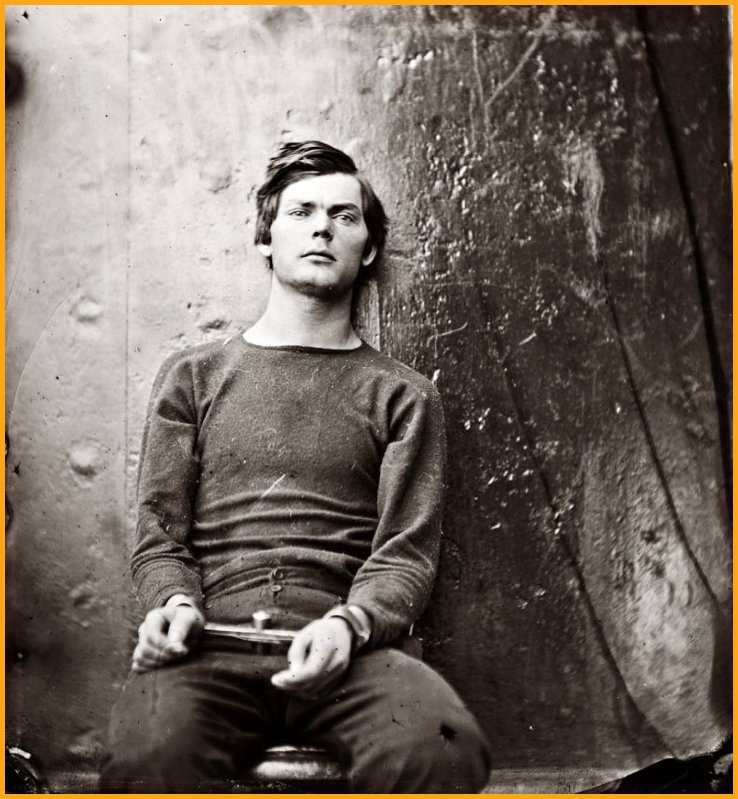More Interesting Old Photographs.
The first Waffle House? - circa 1900.
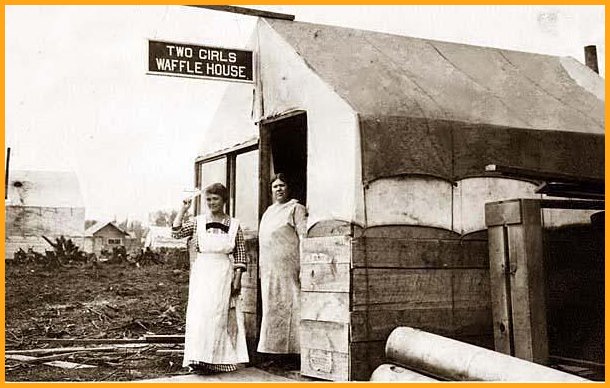
An evening at home - date unknown.
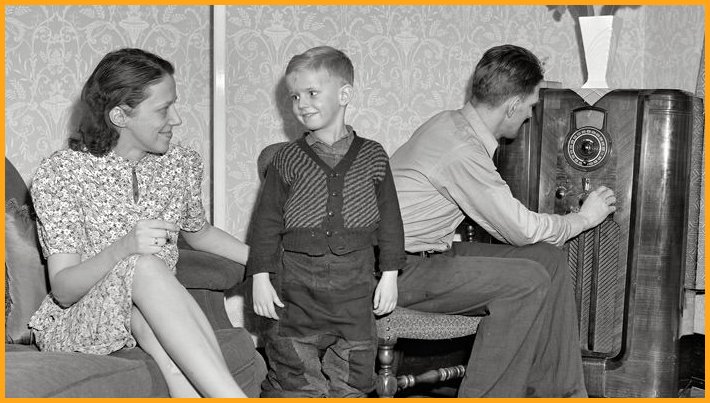
1916 4th of July Parade, Front Street, Nome Alaska.
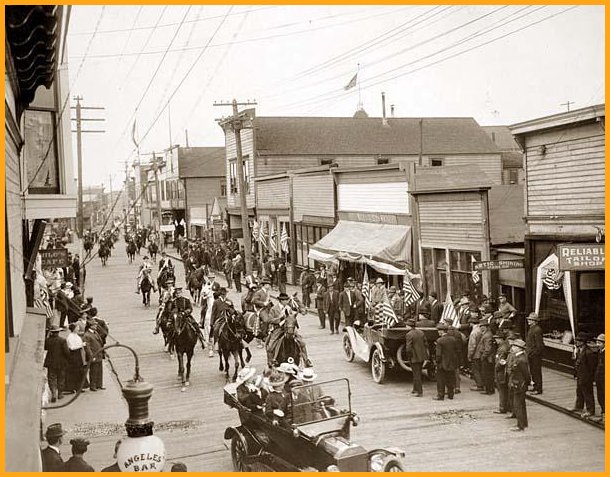
Rural Mail Delivery - circa 1914.
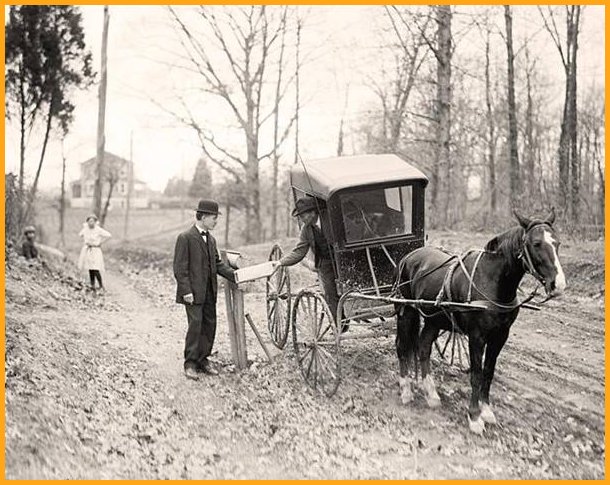
Detroit Opera House - date unknown.

Pumping gasoline - circa 1925.
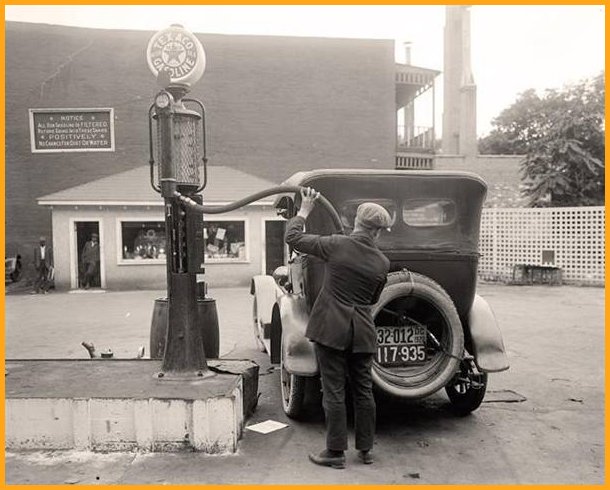
Jose´ Doroteo Arango Ara´mbula (Pancho Villa) - circa 1914.
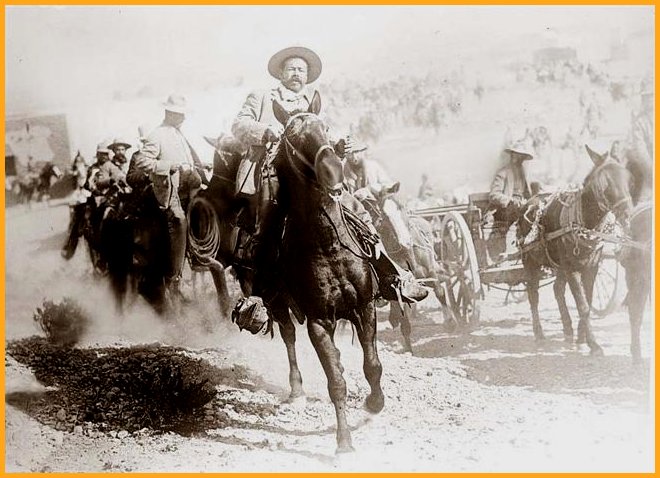
Cincinnati Street Car - circa 1913.

Old General Store - circa 1917.

Cowboy - circa 1888.
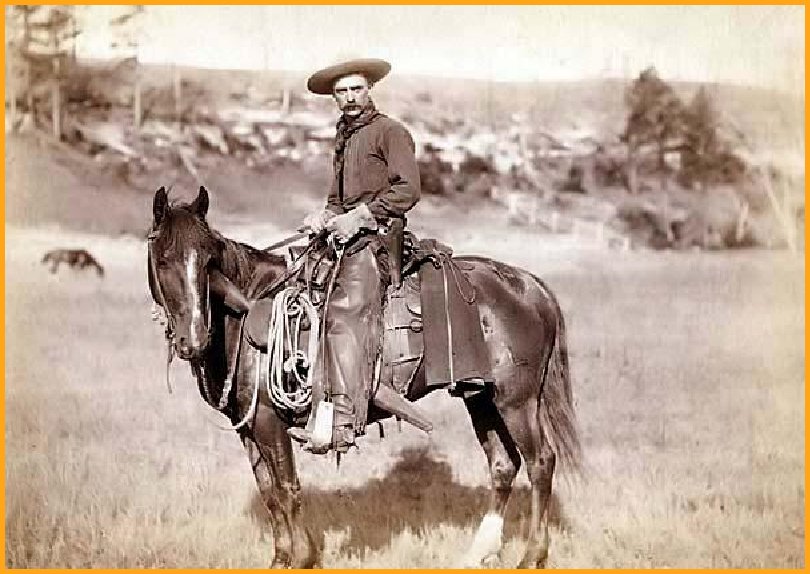
Bea Arthur (nee Bernice Frankel) (1922-2009) SSgt. USMC 1943-45 WW II. Enlisted and
assigned as typist at Marine HQ in Wash DC, then air stations in VA and NC. Best
remembered for her title roles in the TV series "Maude" and as Dorothy in "Golden Girls".

Lucille Ball - circa 1930.
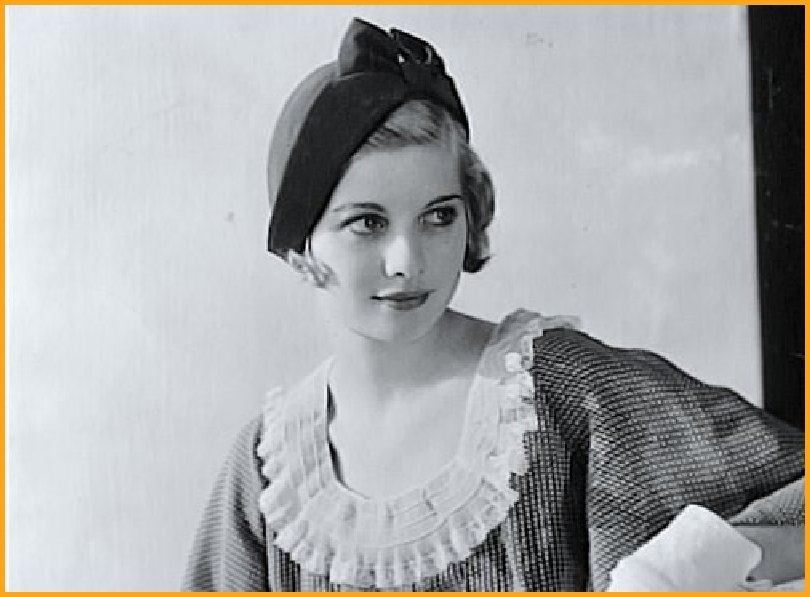
John Fitzgerald Kennedy - as a boy.

Emily Todd was Mary Todd Lincoln's half-sister. In 1856 she married Benjamin Helm, later a
Confederate general. After Helm's death in 1863 Emily Helm passed through Union Lines to visit
her sister in the White House. This caused great consternation in the Northern newspapers.
Emily Helm took an oath of loyalty to the Union and was granted amnesty.
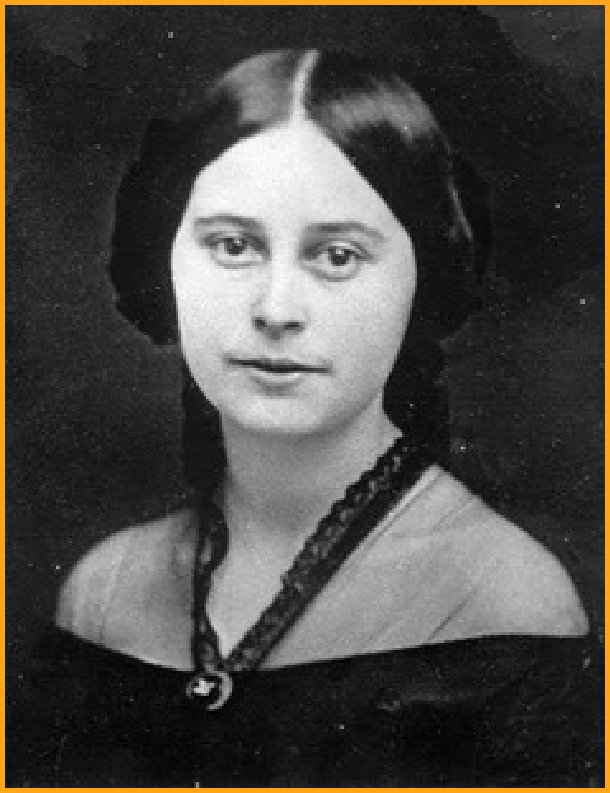
Three days before his 19th birthday, George H.W. Bush became the youngest aviator in the US Navy.*
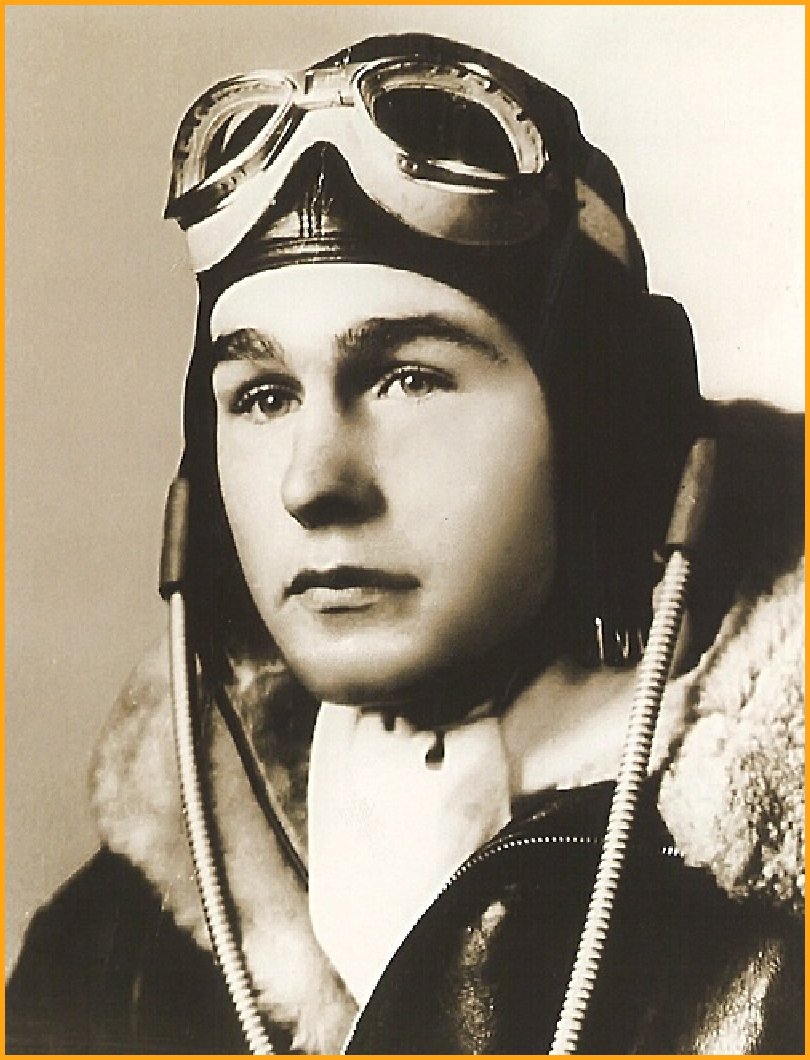
* President Bush became what he believed (at the time) to be the youngest aviator in the U.S. Navy.
For years, the former President, a TBM Avenger torpedo bomber pilot, thought he was the youngest
Naval Aviator of the war, but Chuck Downey, of Poplar Grove, Illinois, had the President beaten
by 11 days, a fact the President has since acknowledged
Downey was born Aug. 2, 1924, in Bridgeport, Connecticut, and commissioned an Ensign in the U.S.
Navy on July 16, 1943. He earned his Wings of Gold at the tender age of 18 years, 11 months
and 14 days, and later flew SB2C Helldiver dive bombers off the carrier U.S.S. Ticonderoga.
Mr. Downey passed away on February 19, 2016.
Washington, D.C., circa 1919.
Walter Reed Hospital flu ward. One of the very few images in Washington area photo archives
documenting the influenza contagion of 1918-1919, which killed over 500,000 Americans and
tens of millions around the globe. Most victims succumbed to bacterial pneumonia following
influenza virus infection.
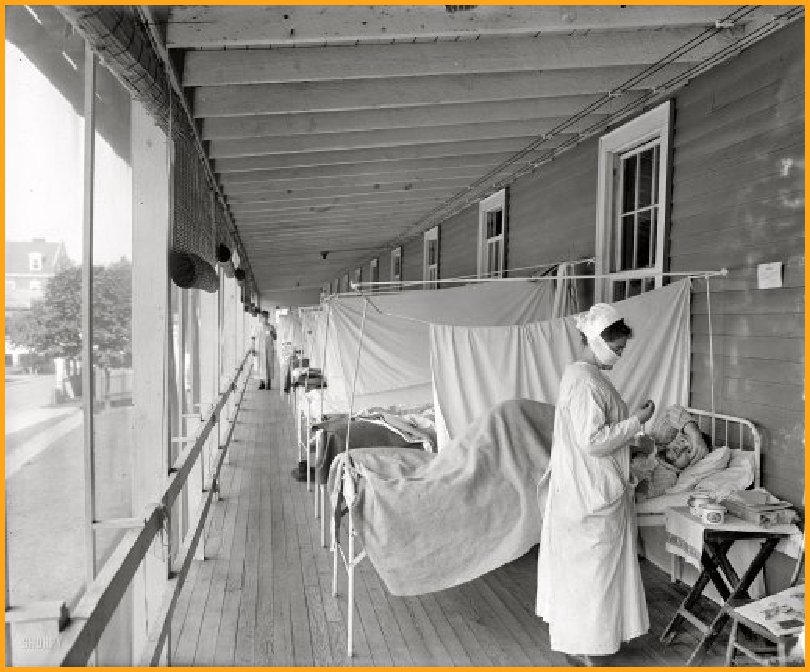
Market Street, San Francisco, after the earthquake, 1906.
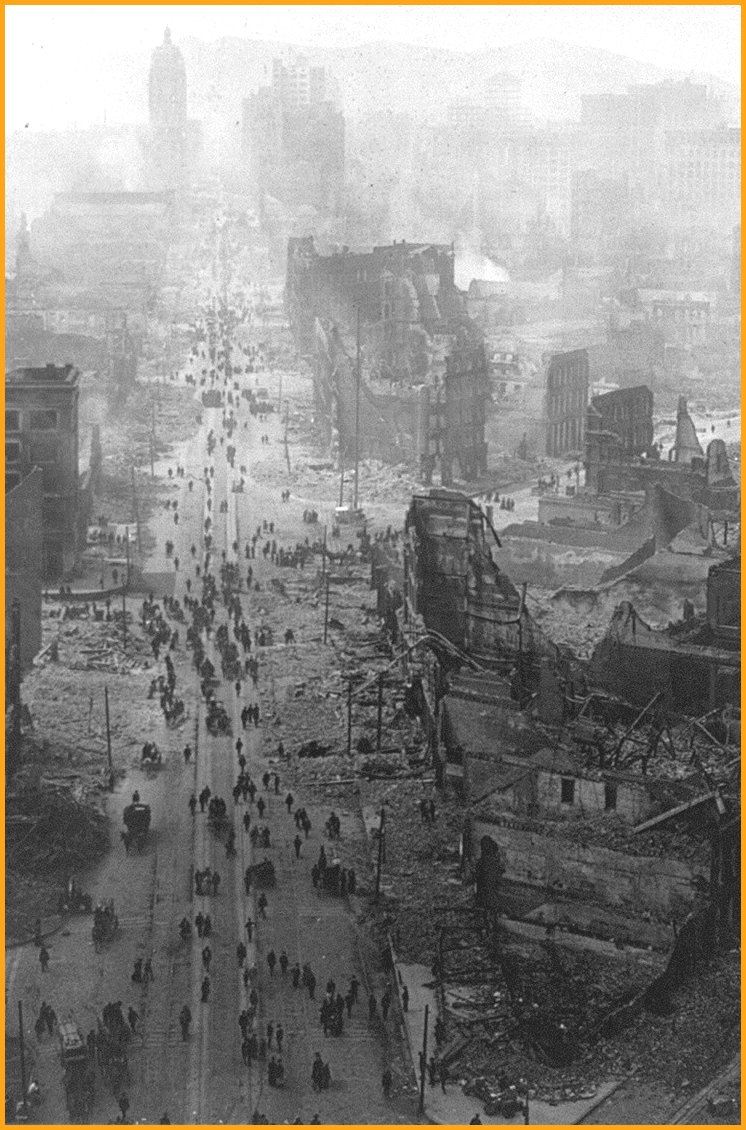
Sacajawea
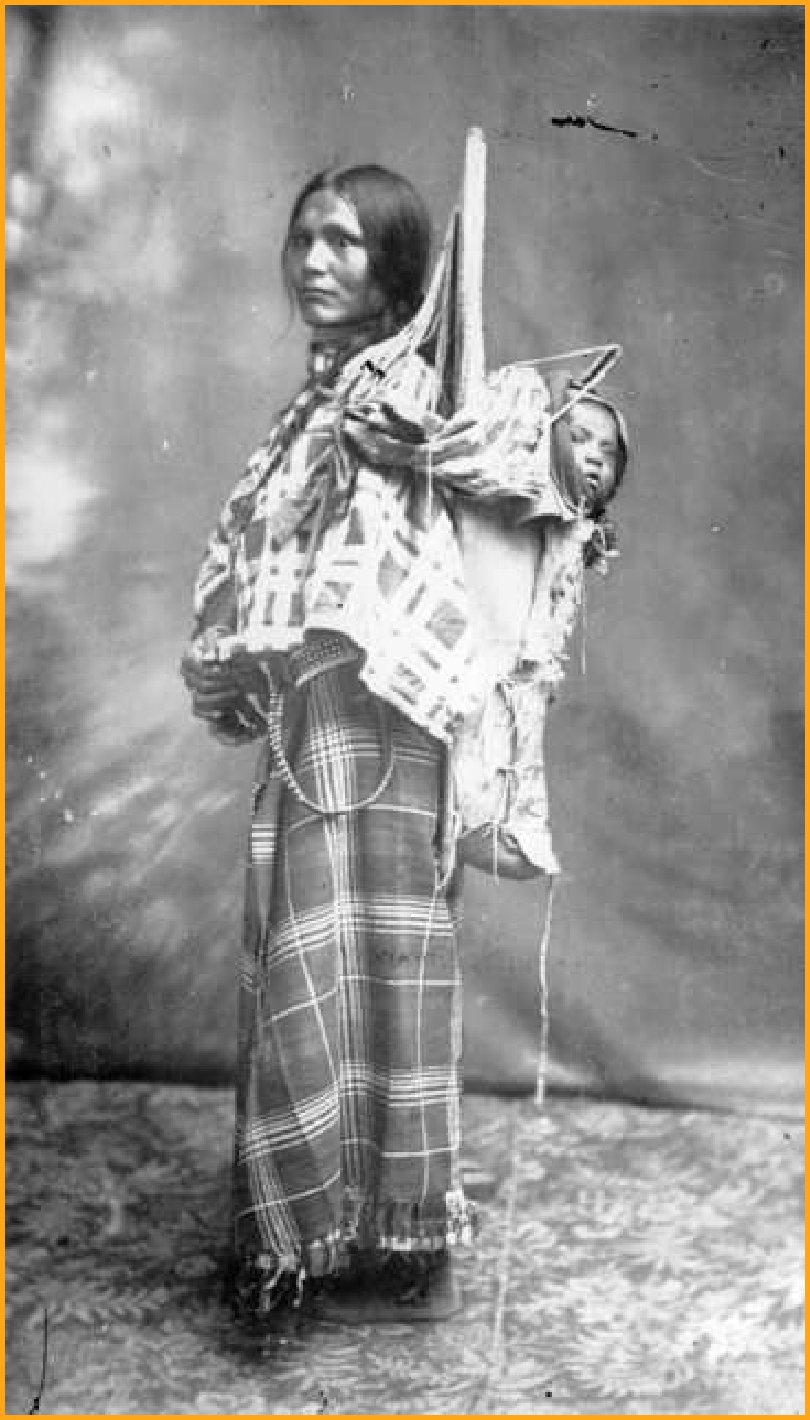
This cannot possibly be a real photograph of Sacajawea, as she died prior to the invention of
photography. Best guess is that this is a photo of a wax museum piece, or a staged/posed recreation.
Sacajawea - Stolen, held captive and sold, eventually reunited the Shoshone Indians. She
was an interpreter and guide for Lewis and Clark in 1805-1806 with her husband Toussaint
Charbonneau. She navigated carrying her son, Jean Baptiste, on her back. She traveled
thousands of miles from the Dakotas to the Pacific Ocean.
The explorers said she was cheerful, never complained, and proved to be invaluable. She
served as an adviser and caretaker, and she is legendary for her perseverance and resourcefulness.
Naomi Parker-Fraley, who was the inspiration behind the famous Rosie the Riveter poster.

Wagon train on Broad Street, Atlanta. Year unknown.
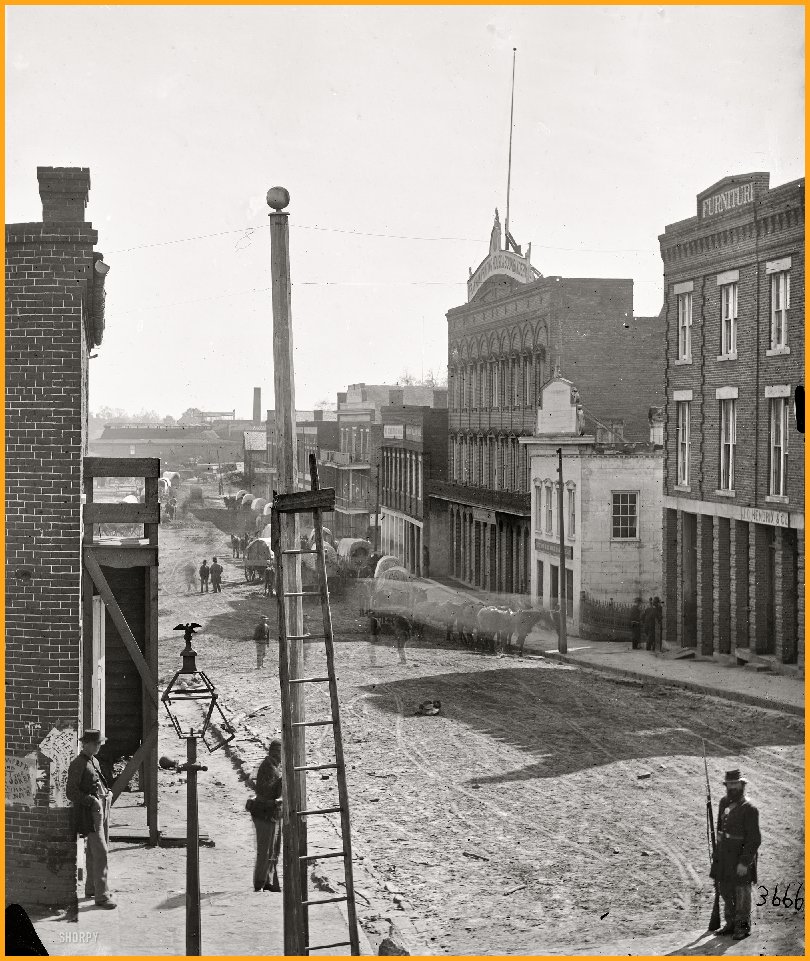
Bonnie and Clyde's car following the shootout that ended the two outlaws lives
The gunfire barrage was so loud that many members of the posse
experienced temporary deafness.
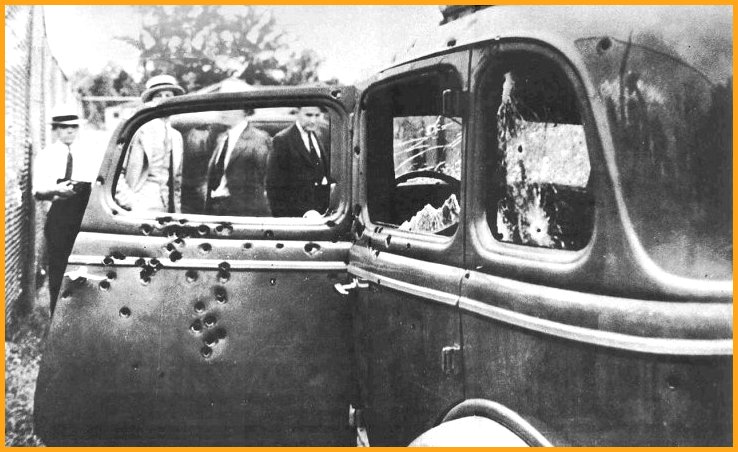
Civil War veteran Samuel Decker poses with the prosthetic arms he made
for himself... somehow.

Inmates at Attica play chess.
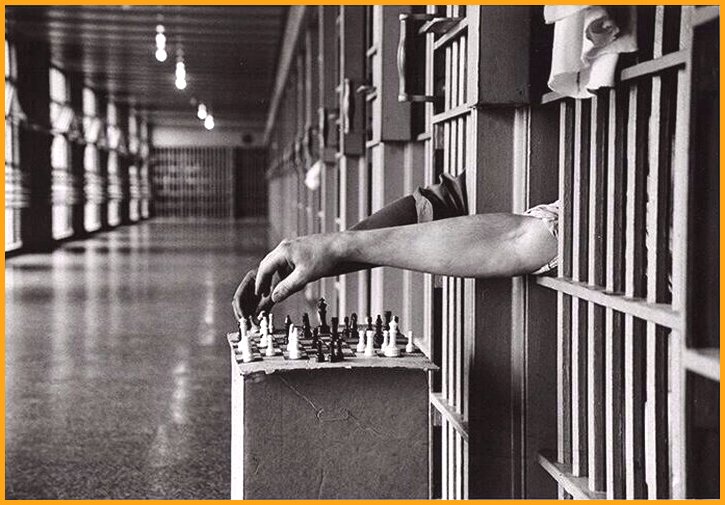
American soldiers hunker down in a trench less than a mile away from the detonation
of a 43 kiloton nuclear bomb in 1953.
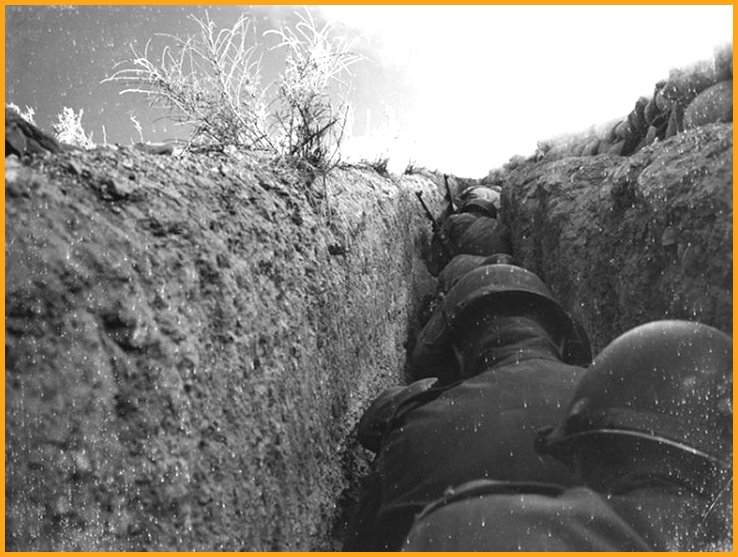
Mark Twain smokes a cigar in 1906.
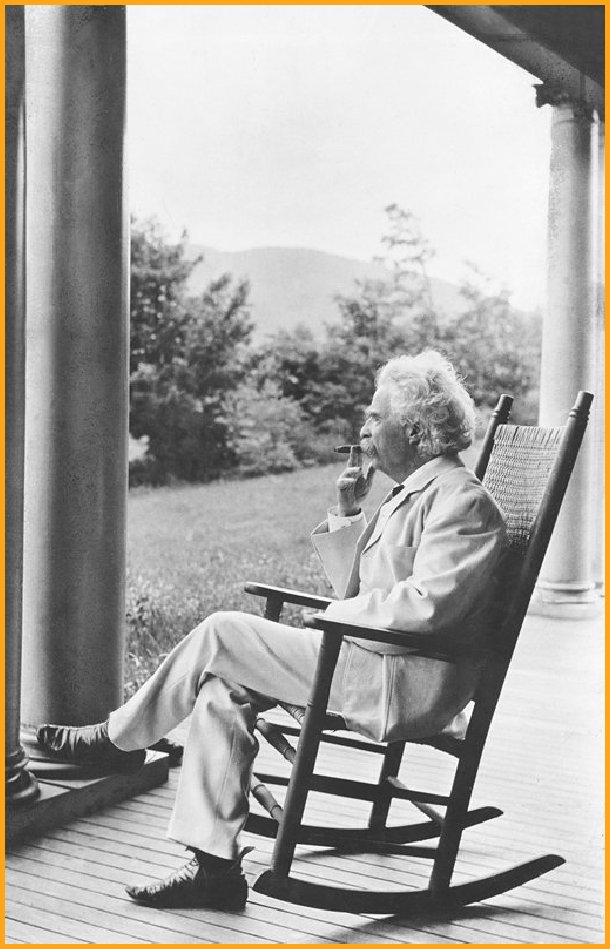
LAPD police officers going undercover in 1960 to catch purse snatchers.
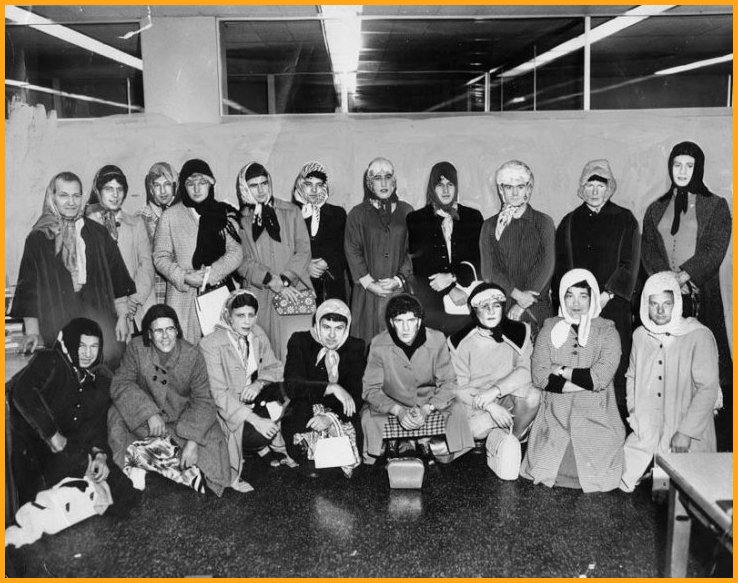
Children in iron lungs in 1937, before the advent of the polio vaccine.
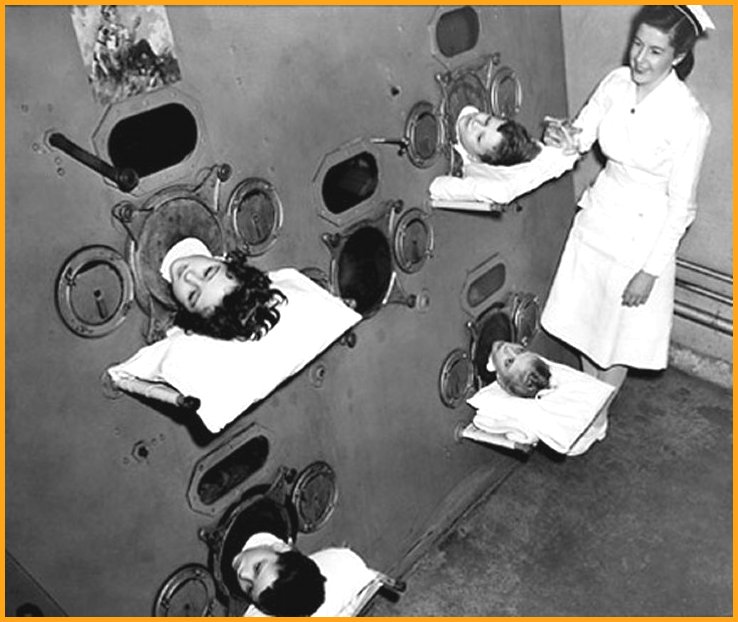
Cincinnati's cavernous main library, demolished in 1955.
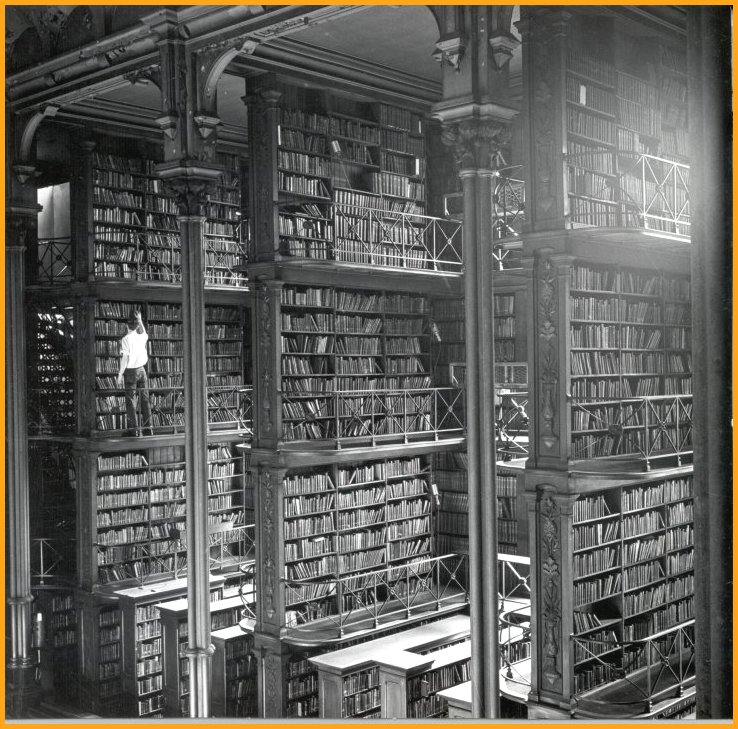
The first known sports team photo ever taken, the 1858 Knickerbocker
Base Ball Club, Hoboken, New Jersey.

Albert Einstein visits The Grand Canyon in 1922.
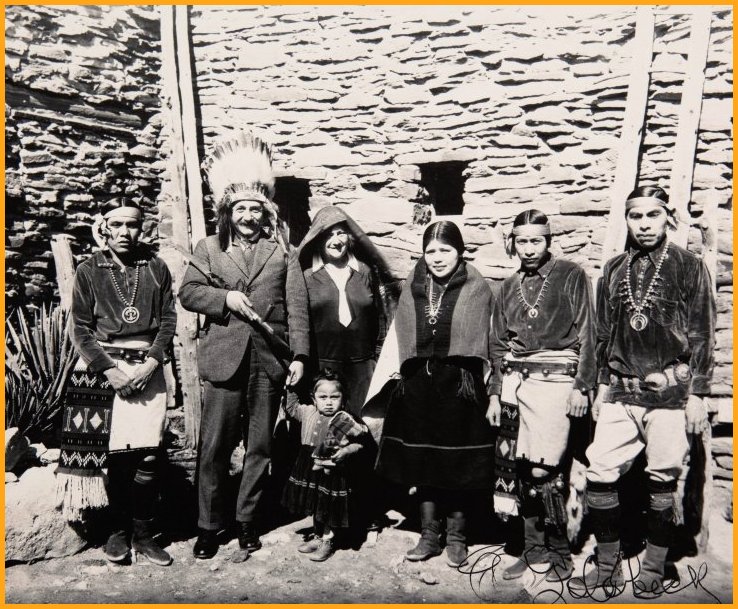
1945 - Generals D.D. Eisenhower (front), George Patton (behind Eisenhower) and
Omar Bradley (left) examine a trove of stolen artifacts that the Germans hid in salt mine.
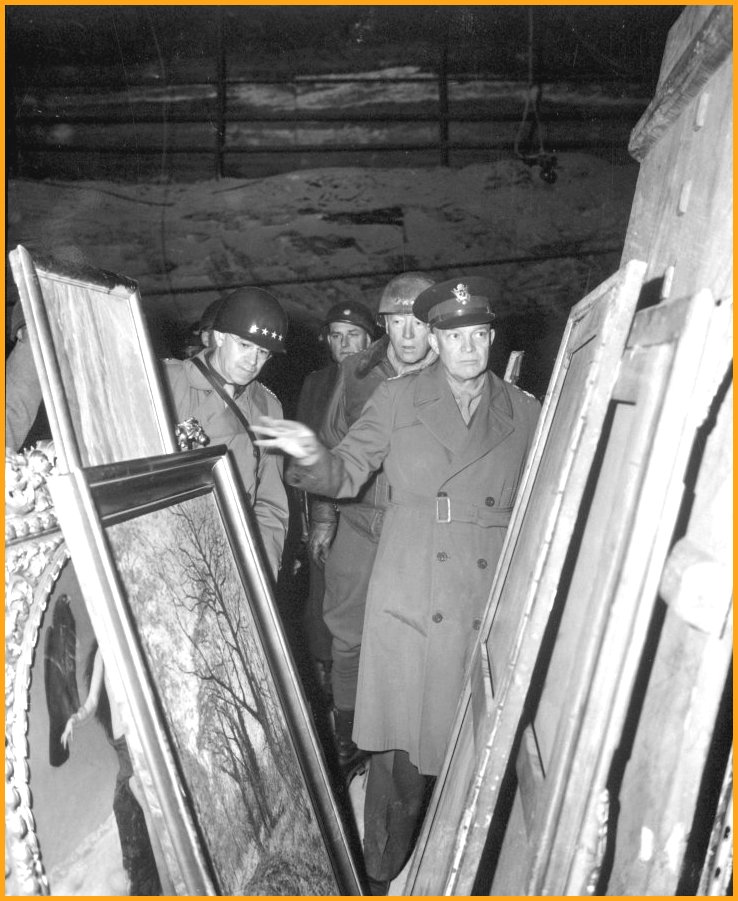
An American field hospital in the bombed out remains of a French church in 1918.
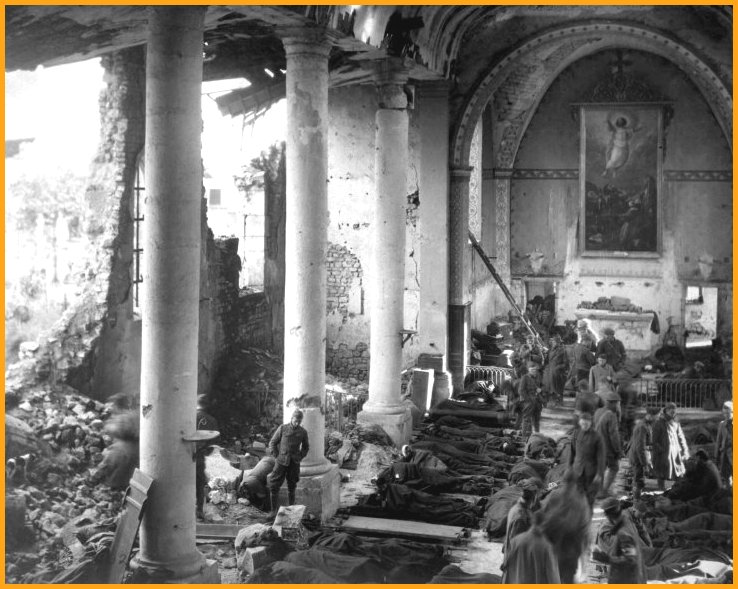
A group of school children visit a bison in 1899.

Although not a true historical photo, this is intended to illustrate the advances in
communications technology in the space of a mere 57 years. For thousands of years,
the horse was the fastest way to send a written message. But then, due to
technology, the pace increased by more than 2000 times. This happened as we
moved from 40 miles per day on horseback, at end of the Pony Express in 1861, to
100 miles per hour in an airplane, with the inception of Air Mail service in 1918.

The first ambulance: Bellevue Hospital Center, NY, 1869.
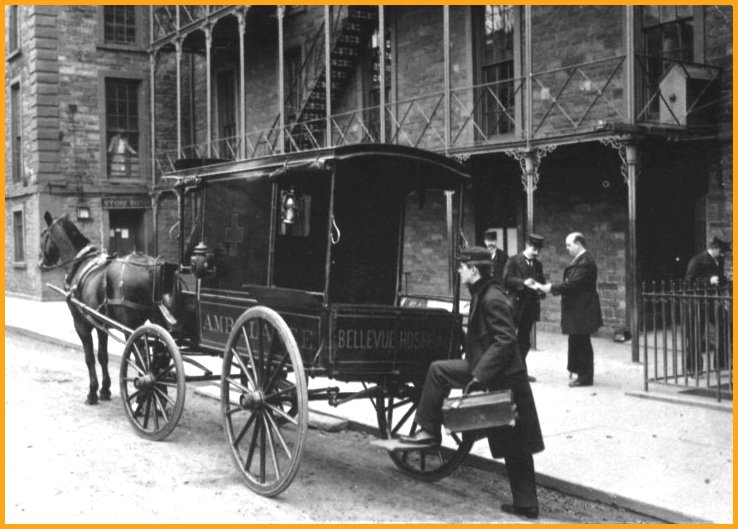
Abraham Lincoln inspects the battlefield in 1862.
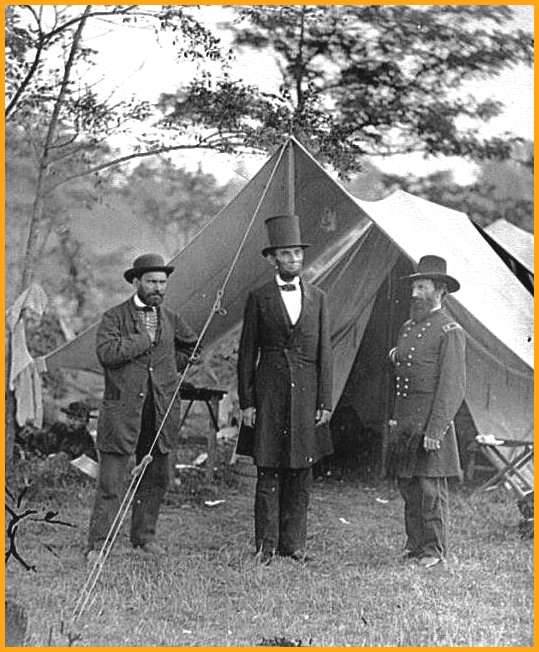
Michigan loggers in 1890.
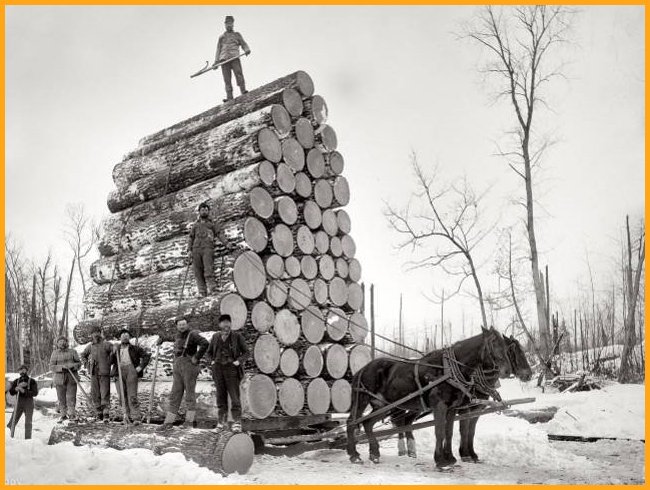
A mountain of bison skulls ready to be ground into fertilizer in the 1870s

Prohibition begins and alcohol is poured down the drain in 1921.
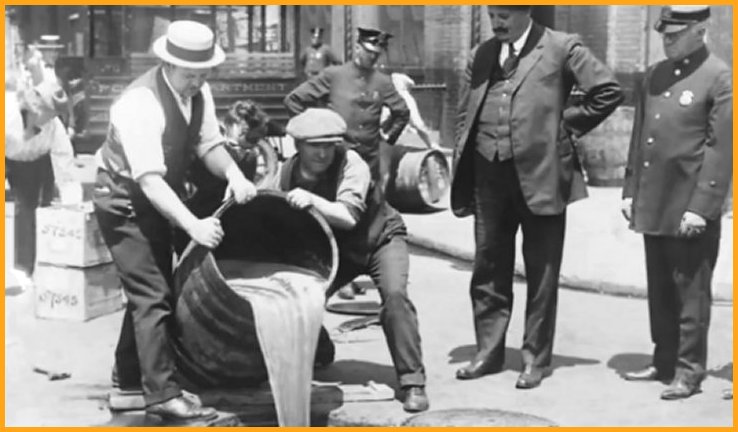
Lewis Powell, a co-conspirator in the assassination of Abraham Lincoln.
He was hanged in 1865.
